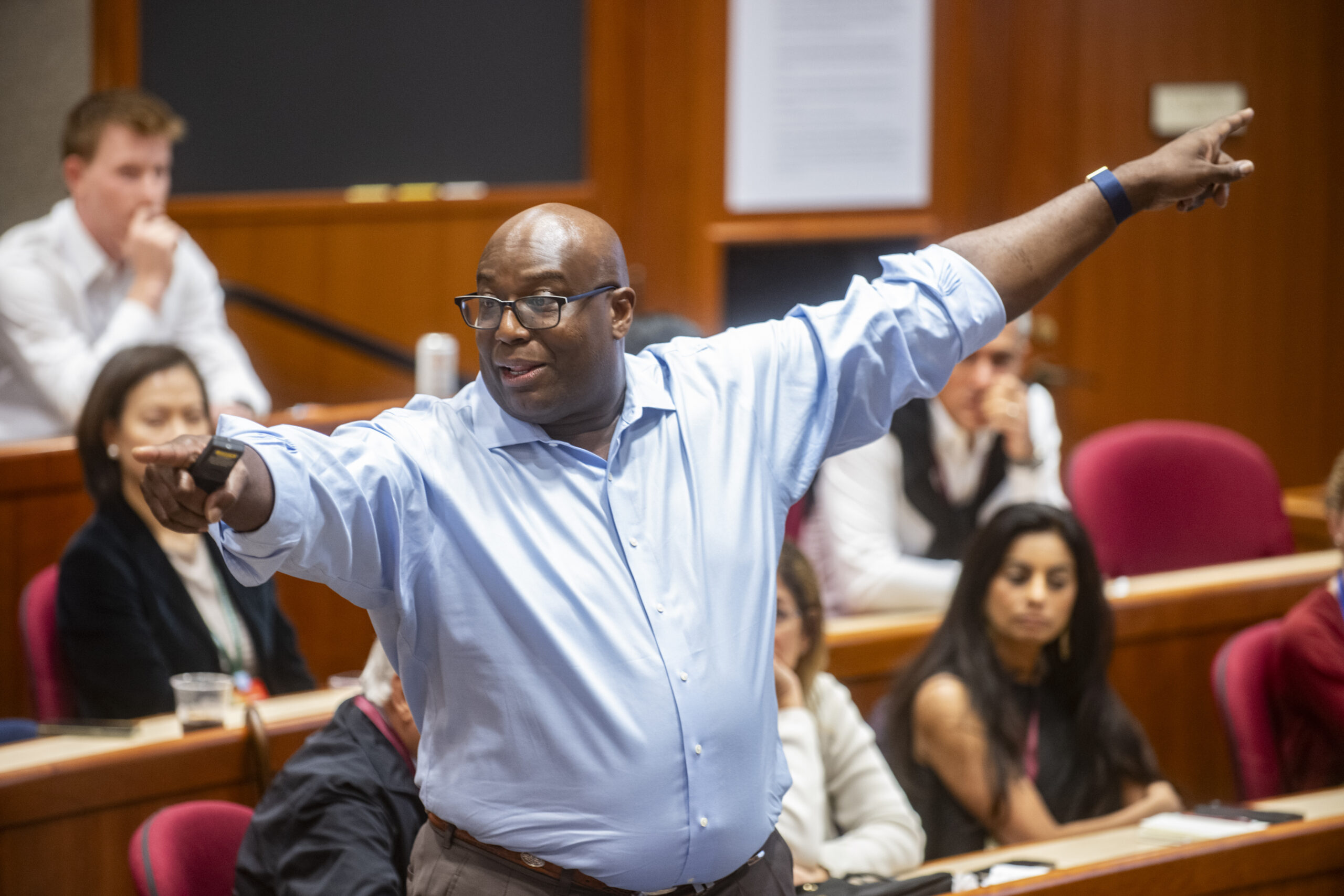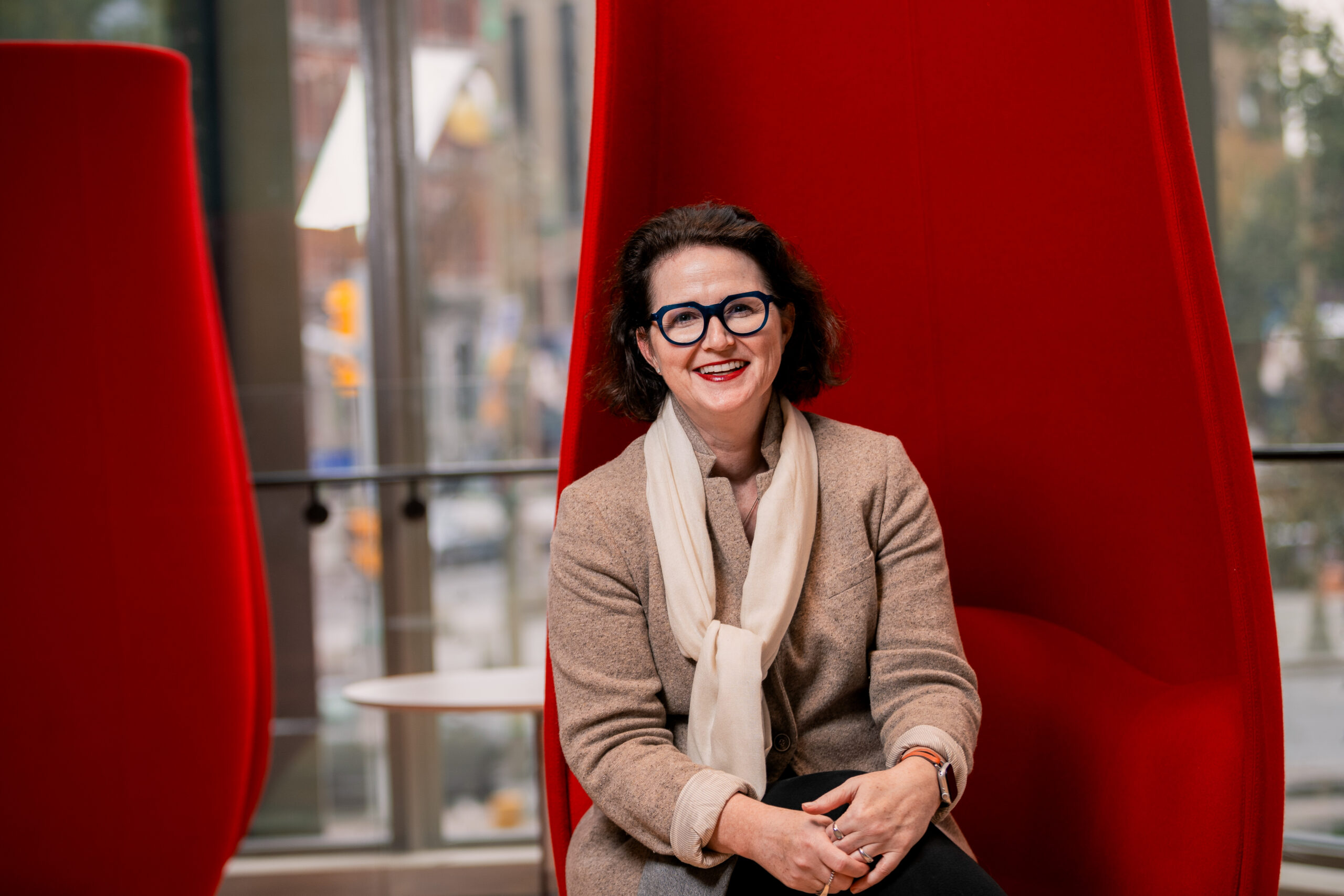

Annabelle Cloutier is Head of Strategy, Communications and Corporate Governance at Canada’s National Arts Centre, a national performing arts organization located in downtown Ottawa. She joined the Driving Nonprofit Performance and Innovation (DNPI) program as part of her Executive Certificate in Public Leadership at Harvard Kennedy School Executive Education.
The past four years have been a time of unprecedented challenge for the performing arts sector. Live entertainment venues, performance halls, orchestras, theaters, ballet, and dance companies have all faced a long road to recovery following the major disruptions caused by the pandemic. These events have underscored the resilience and adaptability of the arts sector.
While some organizations have managed to regain their pre-pandemic momentum, others continue to grapple with financial viability and the return of audiences. Arts organizations have had to engage in introspection and lead conversations on how to remain relevant to their communities, better support artists, and bring back audiences in an ever-evolving landscape. Many have embraced innovation to become more welcoming, inclusive, and accessible to people from all backgrounds, while also committing to addressing social justice and systemic issues.
One such organization navigating these challenges is the National Arts Centre (NAC) located in Ottawa, Canada's capital. As a bilingual multi-disciplinary home for the performing arts in Canada, we present programming in dance, theater (English, Indigenous, and French programming), popular music and variety, and concerts by our world-class NAC Orchestra. Like many, the NAC has taken time to listen and reflect on its mission, values, and priorities, reimagining how it engages with communities, artists, audiences, and its workforce, while remaining financially sustainable.
In my role leading strategy, communications, and corporate governance at the NAC, I have witnessed first-hand the challenges of navigating these turbulent times while striving to fulfill our mission. Collaborating closely with our President and CEO, Board of Trustees, artistic leaders, management, staff, and the many communities we serve both in Ottawa and across the country, I've been deeply involved in setting our strategic goals, values, and priorities, and determining how to best communicate our aspirations, actions, and impact to many stakeholders.
With so many challenging experiences over these past four years during this unprecedented era for the performing arts, I felt compelled to deepen my understanding of how organizations remain relevant in fulfilling their mandates, and how they measure performance, particularly in the arts sector. Arts leaders must navigate the delicate balance between preserving artistic integrity, embracing innovation, and measuring impact and performance in an eluding data horizon.
To further advance our mission with impact and relevance, I enrolled in the Drive Nonprofit Performance and Innovation (DNPI) program as part of my Executive Certificate in Public Leadership with Harvard Kennedy School Executive Education. HKS partners with the Harvard Business School Social Enterprise Initiative in delivering the DNPI program, bringing an entrepreneurial and performance mindset to common good.
The DNPI program provided a unique space for reflection and analysis, essential for redefining strategies and reinforcing leadership roles in the nonprofit and social enterprise sector. Through six days of focused collaboration and learning, I gained invaluable insights that surpassed what I could have achieved independently.
A pivotal concept emphasized during the program was the Framework for Strategy, which sets the conditions for better alignment between an organization's mission/public value, its capacity, and its support ecosystem. This alignment serves as the foundation for effective governance, strategy, and communications, which is crucial for fulfilling a mandate and engaging stakeholders meaningfully.
Measuring performance in the performing arts sector is complex. I know that at the National Arts Centre, every day we see how our work leads to positive impact and results. But how do you best communicate that? How do you measure the impact of the performing arts on an individual, or a community? The DNPI program provided an opportunity to explore innovative solutions within this context, combining quantitative output metrics, like ticket sales and audience benchmarks, with qualitative measures and narratives, such as case studies and audience and artists’ feedback.
The program also prompted introspection into personal leadership philosophies, encouraging a humble and open mindset, while striving to be innovative and entrepreneurial. DNPI fostered a culture of strategic thinking and innovation to solve world problems and provide social good. We learned to emphasize the importance of our Question Zero (what are we all trying to accomplish here?) and to ask "why" repeatedly, challenging assumptions, and reframing traditional approaches to problem-solving.
The online learning format of DNPI proved to be a rewarding experience, facilitating rich discussions and diverse perspectives, despite the distance. Participants from various nonprofit and public sectors worldwide contributed to meaningful engagement and collaboration, both through group discussions, case studies, asynchronous exercises, and active participation in discussions. All voices were heard and enriched the dialogue.
Overall, it was a transformative journey into the realms of impact and relevance for social enterprise and nonprofit sector organizations. As we continue to chart our course forward, I am committed to harnessing the lessons learned from DNPI and to nurture strategic thinking at Canada’s National Arts Centre as I continue to collaborate with smart artistic leaders in driving positive change at the NAC and more broadly in our ecosystem.